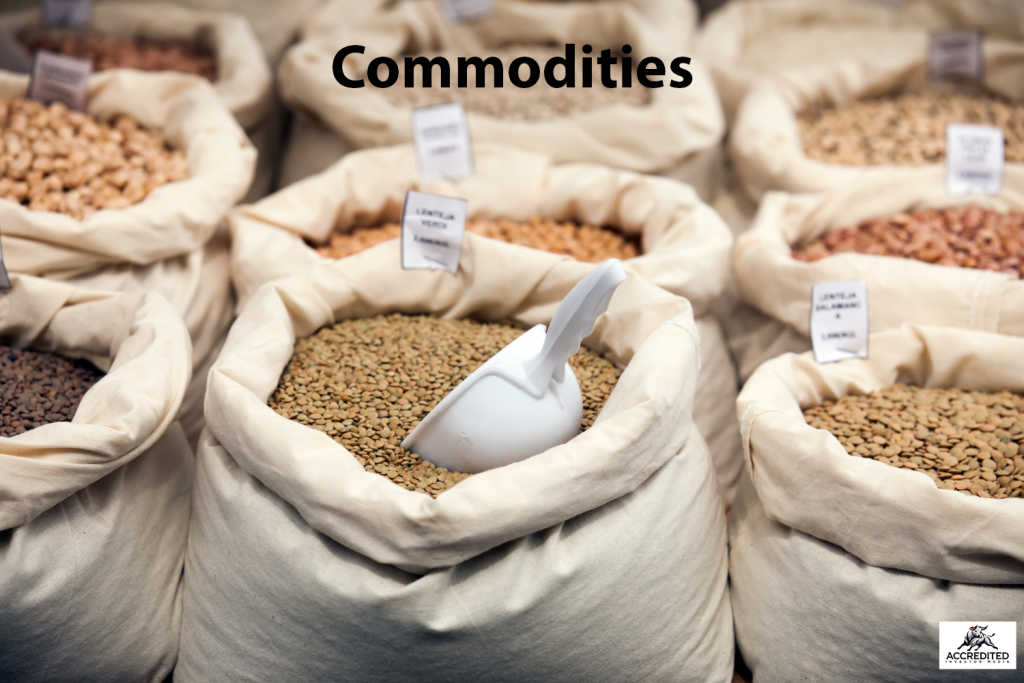
Accredited Risk Taker Investors Exploring High-Risk Investments:
Accredited investors, driven by wealth and experience, often gravitate toward high-risk, high-reward markets like derivatives and commodities. These instruments, known for their volatility and leverage, offer unmatched profit potential alongside significant exposure. Investors are drawn by opportunities to hedge, speculate, and diversify portfolios in dynamic global markets. However, they must navigate complex pricing, market sensitivities, and regulatory oversight. Understanding these intricacies helps accredited investors strategically harness these instruments for optimized risk-adjusted returns.
High-risk investments are financial instruments with significant potential for loss but often attract accredited investors due to the possibility of outsized returns. These investors must weigh the inherent risk-reward tradeoff, aligning opportunities with personal risk tolerance and financial objectives. Derivatives and commodities exemplify high-risk vehicles. Derivatives-like futures and options-derive value from underlying assets, introducing volatility and leverage risks. Commodities, affected by geopolitical shifts and supply-demand dynamics, are similarly unpredictable. Understanding each instrument’s risk profile is essential for informed, strategic, high-stakes portfolio decisions.
Accredited investors are increasingly drawn to high-risk investments due to a blend of psychological predispositions and strategic financial objectives. This risk-seeking behavior is fueled by the pursuit of outsized returns, portfolio diversification, and access to complex strategies often unavailable to retail investors. High-risk investments-such as venture capital, hedge funds, and derivatives-offer accredited individuals an opportunity to capitalize on market volatility, inflation hedges, and uncorrelated asset classes. Among these, derivatives (including options, futures, and swaps) stand out for their leverage and flexibility. While they magnify potential profits, they also carry inherent risks such as liquidity issues and counterparty defaults. Used strategically, derivatives can hedge portfolios or amplify speculative gains. Options and futures, in particular, are popular among seasoned traders for short-term tactical plays. The sophisticated tools and tailored access that high-risk investments provide not only enhance potential capital appreciation but also align with the accredited investor’s appetite for innovation, complexity, and calculated risk.
Investing in commodities presents significant opportunities-and notable risks. Commodities such as metals, energy, and agricultural goods are influenced by global supply-demand dynamics, geopolitical tensions, currency shifts, and weather conditions. This makes the market inherently volatile and highly sensitive to external shocks. While commodities offer portfolio diversification and a hedge against inflation, they demand strategic planning and in-depth analysis.
High-risk strategies include direct investment in physical commodities, commodity futures, and leveraging exchange-traded products. Sophisticated investors may also explore commodity-focused funds or managed portfolios. Derivative pricing models and hedging instruments-like options and swaps-play a critical role in managing price exposure and volatility. Effective risk management entails comprehensive due diligence, analyzing historical performance, market cycles, and counterparty credibility. Portfolio construction must reflect risk tolerance and macroeconomic factors, balancing high-return opportunities with prudent safeguards. Ultimately, commodities demand disciplined oversight, robust risk mitigation techniques, and ongoing market intelligence to navigate their unpredictable nature.
Diversification across asset classes-equities, fixed income, real estate, commodities, and alternatives-enhances portfolio resilience by reducing exposure to single-market risks. Setting strict risk management protocols and using stop-loss mechanisms protect against unexpected market downturns. Active monitoring ensures allocations remain aligned with performance goals and evolving market conditions. High-risk investments like derivatives and commodities attract accredited investors due to their high-return potential. These investors, with superior risk tolerance and access to sophisticated strategies, are well-equipped to navigate volatility and seize unique opportunities. A disciplined, adaptive approach is key to long-term portfolio growth in dynamic financial markets.
Derivatives empower accredited investors to amplify returns and manage risk through sophisticated strategies such as speculation and hedging. By capitalizing on market volatility, investors can enhance portfolio performance while mitigating downside exposure. Nonetheless, it is essential to assess counterparty risk, margin requirements, and liquidity constraints to ensure sound execution and safeguard capital in volatile conditions. Derivatives require informed, disciplined engagement.
Commodities are high-risk investments that offer accredited investors portfolio diversification, a hedge against inflation, and strategic exposure to global macroeconomic trends. Whether through direct ownership of physical assets or via exchange-traded products and futures contracts, commodities can enhance returns while responding to shifting supply-demand dynamics. However, investors must consider the market’s inherent volatility, geopolitical sensitivities, and liquidity challenges. Understanding commodity-specific risks and aligning with investment goals is crucial for effective participation in this complex but potentially rewarding sector of the global financial market.
To effectively manage risks associated with high-risk investments, investors must conduct thorough risk assessments and comprehensive due diligence. This includes analyzing historical data, understanding market volatility, and evaluating economic indicators and geopolitical factors. Scrutinizing the credibility of brokers and counterparties is vital. Risk mitigation should involve establishing clear management parameters, diversifying across multiple asset classes and geographies, and maintaining a disciplined rebalancing strategy. Continuous portfolio monitoring and responsiveness to evolving financial environments help optimize performance while reducing exposure. Proactive, informed decision-making ensures more stable returns and preserves capital over the long term.
High-risk investments like derivatives and commodities provide accredited investors with the potential for exceptional returns and enhanced portfolio diversification. These instruments require a deep understanding of market volatility, leverage, and pricing dynamics. By leveraging advanced analytical tools and disciplined risk management strategies, investors can seize lucrative opportunities, mitigate potential losses, and confidently navigate complex financial environments to capitalize on high-return ventures in dynamic global markets.
